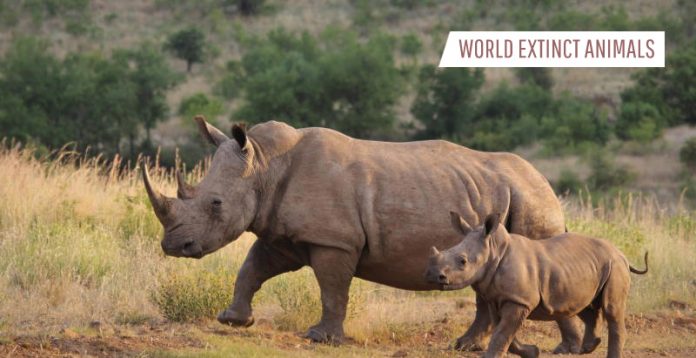The extinction of animals can be influenced by natural events such as rising global temperatures or sea-level changes, meaning that the atmosphere is hot or cold. But no wadays, human activities have a negative impact on biodiversity. Due to climate change, animal species may disappear. The main causes of pollution and extinction are the destruction of habitat and deforestation. Read on to learn about the animals we have lost with our actions:
10. Wooly Mammoth
Extinct Year: 1700 BC
It is thought that the giant mammal was almost associated with modern-day elephants. About 3.5 million years ago, its ancestors migrated out of Africa, who then lived in northern Eurasia and North America. This animal’s length was more than 4 meters and could weigh up to 6 tons.
At the end of the last ice age, most of the woolly mammoths died. Their body was wrapped with fur and had 5 meters long curved tusks. Ten thousand years ago, Woolly mammoths disappeared because of humans hunting and warm weather. Around 1700 BC, the creature was studied for extinction from Wrangel Island in the Arctic Ocean.
In cave paintings, the characteristics described in this mammal include a large, high, single-headed head and a high-shouldered hump slope. This appearance decreases in length from front to back as a result of vertebral processes of the spine.
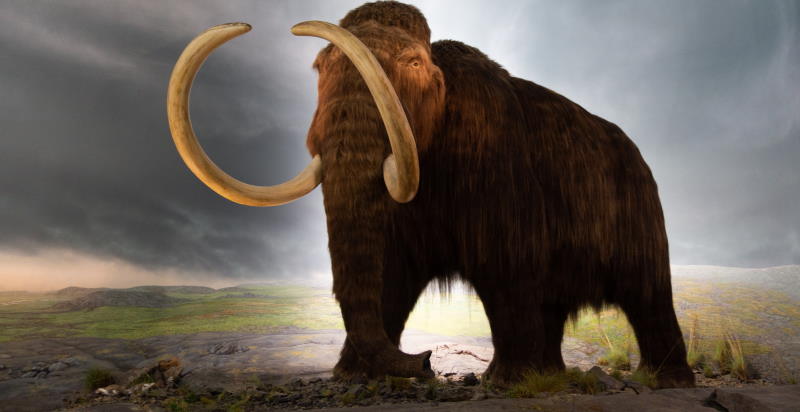
9. Dodo
Extinct Year: 1681
Portuguese sailors first observed Dodo in 1507. This flightless bird was about 1 meter tall and weighed around 10.6 to 17.5 kg. Since the 17th century, the Dodo has existed only in the world on drawings, paintings, and written records.
The Dodo got broad recognition from its role in Alice’s Adventures in Wonderland, cited as a symbol of extinction and obsolescence. The Dodo likely lived on nuts, fruits, seeds, bulbs, and roots. It has also been thought that it might have consumed crabs and shellfish. Due to the inability to fly, this bird can easily become prey for hunters.
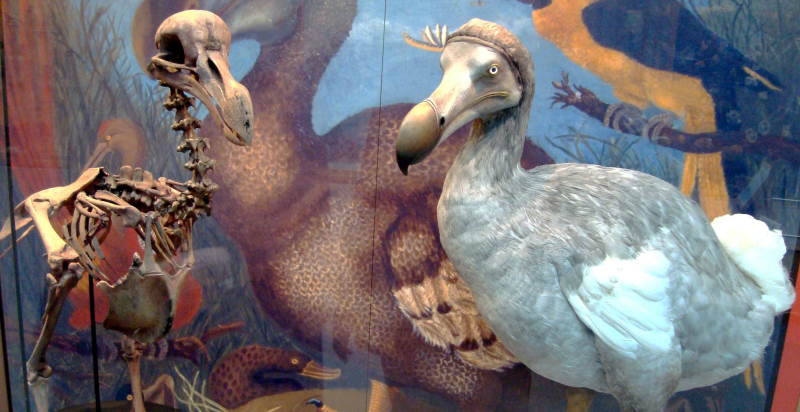
8. Baiji White Dolphin
Extinct Year: 2007
It is the first dolphin that disappears due to the adverse effects of human actions. This extinct species lived in China’s Yangtze River for 20 million years, also recognized as the Chinese River Dolphin. Its length is up to 8 feet long, and its weight is almost a quarter of a ton.
Due to poor eyesight and tiny eyes, they depend on echolocation for hunting and finding the way. After 1950, their quantity lowered rapidly, but there’s no evidence recorded for their extinction. The mammals’ significant impact is the china industry as this river was heavily used for fishing, hydroelectric, and transportation.
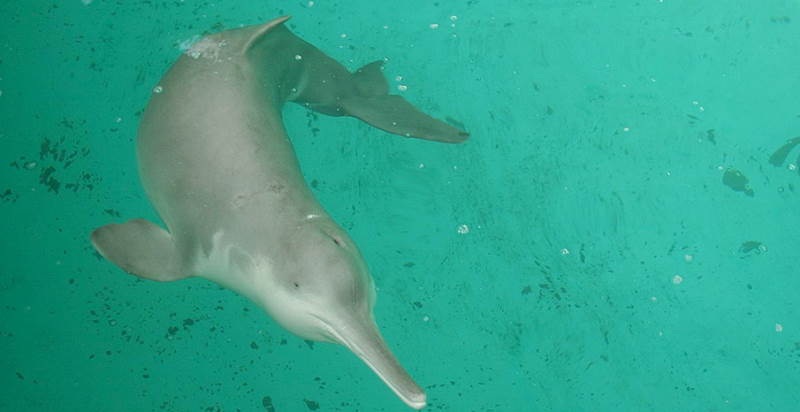
7. Passenger Pigeon
Extinct Year: 1914
An extinct species of male Pigeon length was 15.4 to 16.1 inches, have black spots on wings and bronze feathers on the neck. Its upper part is gray, and its underparts are lighter in color. The female wild passenger pigeon was 15 to 15.7 inches long and had a dull and brown color than the male. Native Americans hunt them and prepare food from their meat. In 1914, Martha was the last female passenger pigeon who died at the Cincinnati Zoo.
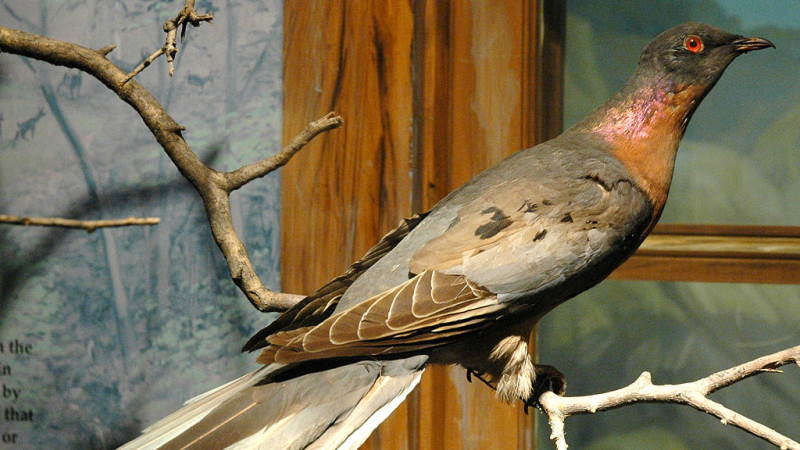
6. Western Black Rhinoceros
Extinct Year: 2011
The black rhinoceros subspecies is called west African black rhinoceros. Due to poaching, the quantity of species is declined. The western black rhinoceros lived in Cameroon, but the extinction is reduced from 2006. The western black rhinoceros length is 3–3.75 meter long, the height of 1.4–1.8 meter, and weighed 800–1,400 kg. They consume leafy plants and shoots. It has two horns with medicinal value.
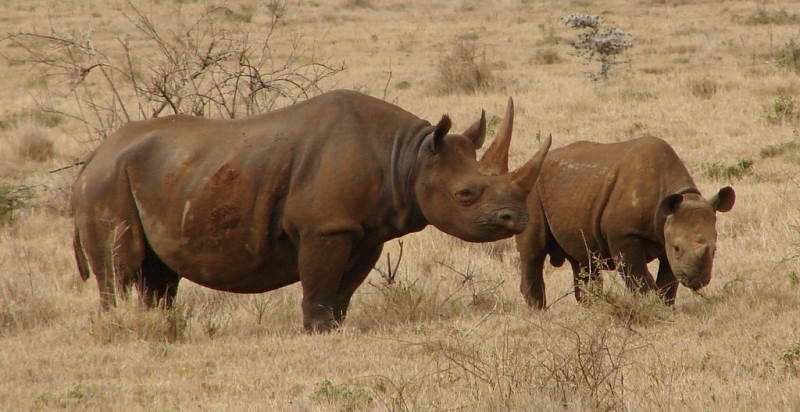
5. Saber-Toothed Cat
Extinct Year: 10,000 years ago
This endangered animal is a member of the family of cats who have long and sharp teeth. Before extinction, it is found in many areas and continents. It is most popular for their canines that may be used to grab the prey and stop them from getting away from their mouth.
This carnivorous mammal lifespan is 40 years old, and length is one meter long. They were also hunted other animals such as sloths and mammoths.
Large mammals are the food source of Saber-Toothed cats, such as elephants, other herbivores, and rhinos.
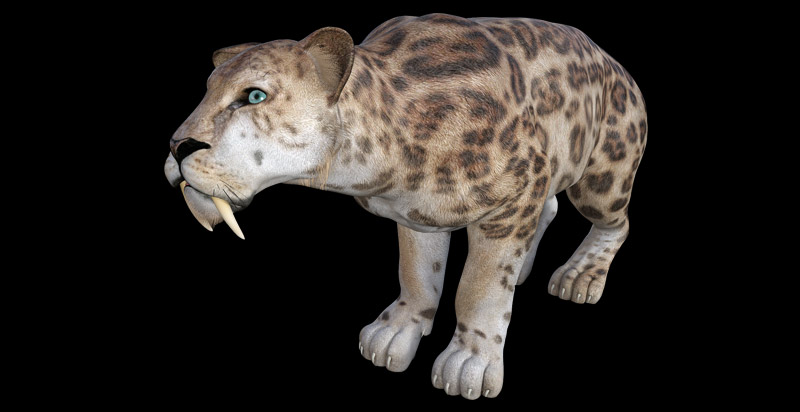
4. Great Auk
Extinct Year: 1835
Great Auk is 75 to 85 cm tall and has 5 kg weight. This flightless bird is a good swimmer and hunts its favorite food fish underwater. On Eldey island, its last group lived, which was killed by three men in 1835.
They believed that Great Auk was the reason to cause the storm. So they killed it. It is not correlated to Penguins. It is the second-largest member of the alcid family with a white belly and black back. Their mass exploitation by humans has led to a drastic decrease in population.
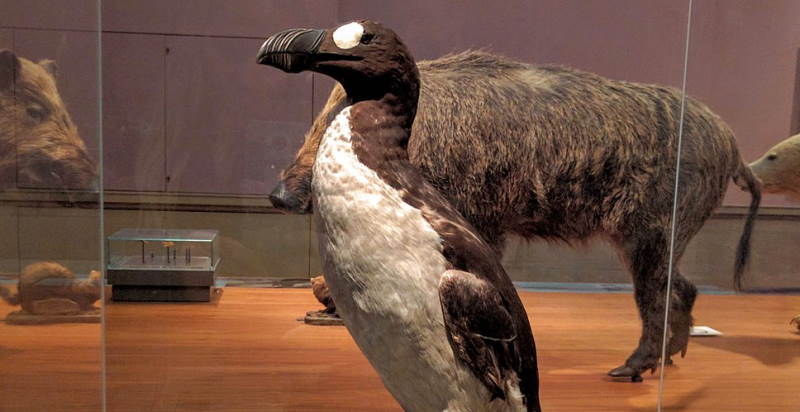
3. Golden Toad
Extinct Year: 1989
In 1989, the golden toad was last noticed in the Costa Rican cloud forest, and its extinction was confirmed after five years. The first cause of their disappearance is human-made global warming. But recent studies claimed that humans aren’t the reason for their end. Their accurate lifespan is unfamiliar.
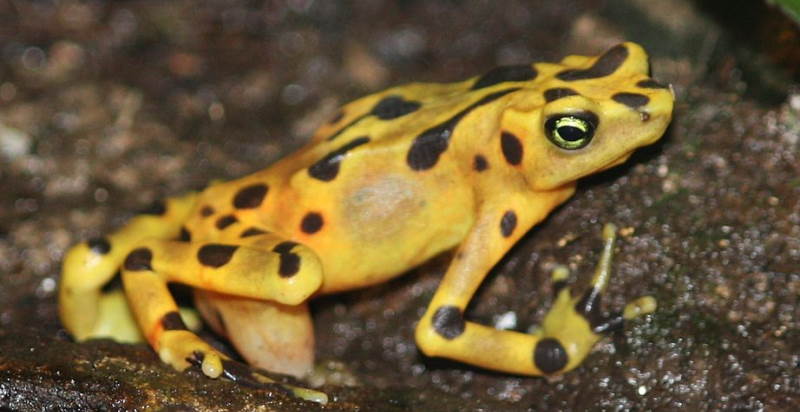
2. Tasmanian Tiger
Extinct Year: 1936
After getting the protected status, this animal died at Beaumaris Zoo in Hobart. These creatures are also recognized as Tasmanian Wolf and Thylacine. Around 40 thousand years ago, Australia lost 90 percent of this kind of species. The last wild thylacine was killed between 1910 and 1920.
It was shy and less endangered for humans and had a dog-like structure with a stiff tail and abdominal pouch-like Kangaroo. A large Carnivorous marsupial also has black stripes on its back, similar to a tiger. Its weight is around 30 kg with 2 meters in length.
It is believed that they are still alive, but there is no proper confirmation about it. The cause of their disappearance is human hunting and Dingos.
1. Pyrenean Ibex
Extinct Year: 2000
Iberian wild goats were most observed in Southern France, Cantabrian Mountains, and Northern Pyrenees. Its height is up to 60-76 cm, and its weight is around 24 to 80 kg. They primarily consumed grasses and herbs.
The main cause of this species’ disappearance is hunting. To create a clone, Researchers took DNA samples from a female Pyrenean Ibex. But they were unsuccessful due to her death because of lung damage. It is one of the four categories of Ibex. Poaching and disease is the main reason for their extinction.
There is the color, horn, and fur discrepancies are found among male and female ibex. As per seasons, they are moved to different areas. During springs, they lived in mountain regions where they mate. In summer, the creature has short hair. In winter, they have thick and long hairs and migrate to uncovered valleys where they easily find food.
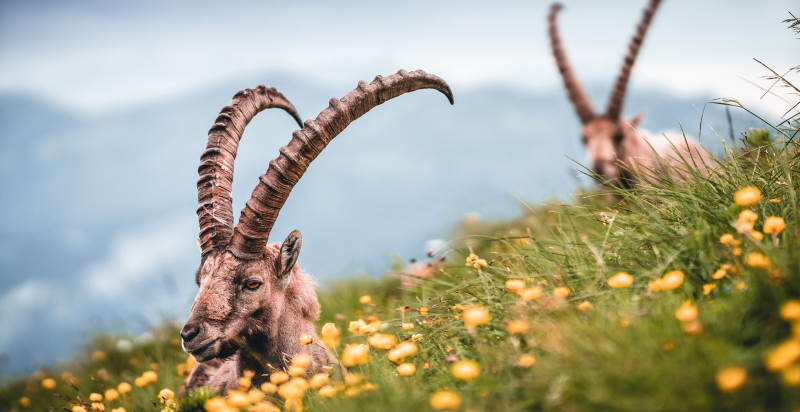
As we all know, human activities, including hunting, habitat destruction, industrial agriculture, air pollution, and global temperature rising, have a significant role in the extinction of all kinds of animals. I suggest you keep your environment clean and stop hunting to prevent the extinction of the animals.
